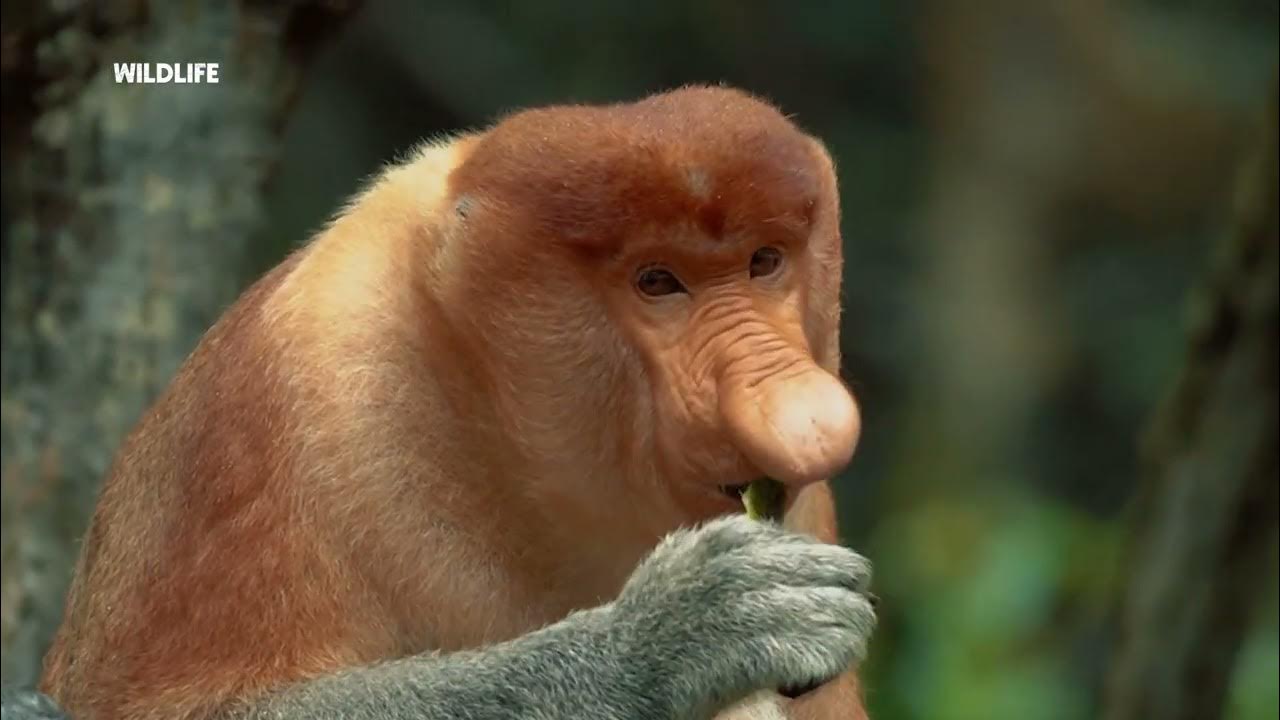N.Y./Region: City of Endangered Languages | The New York Times
Summary
TLDRThe transcript highlights the efforts to preserve endangered languages, particularly in New York City, where immigrant communities maintain their native tongues. James Lavel, a Garifuna speaker, teaches his daughters their ancestral language and history through songs. Linguist Dan Calman documents rare languages, like Mamuju from Indonesia and Masali from Sudan, which are disappearing. Calman's urban field station at NYU helps create learning materials for these languages, giving hope to communities like Lavel's that their heritage won't vanish. The project empowers speakers and ensures their languages survive for future generations.
Takeaways
- 🎶 James Lavel moved from the Caribbean to Brooklyn but continues to speak his native Garifuna language and play traditional songs.
- 👨👧👧 He teaches his daughters Garifuna history and songs, empowering them by preserving their cultural identity.
- 🗣️ Garifuna, an endangered language from St. Vincent, is now spoken in New York City, which hosts numerous immigrant populations.
- 🌎 New York City is a 'language endangerment hotspot' where some languages are more common than in their countries of origin.
- 🧑🏫 Linguists like Dan Calman emphasize the urgency of documenting endangered languages, as many could disappear within decades.
- 📚 Calman founded the Urban Field Station for linguistic research in Manhattan to study endangered languages in New York.
- 🎥 He recorded a man speaking Mamuju, a rare language from Indonesia, potentially for the first time in America.
- 🌍 Dow S., a speaker of Masalit from Darfur, now collaborates with Calman to document his language, which has lost speakers to Arabic.
- 📖 Efforts are underway to develop learning materials for endangered languages, helping future generations preserve them.
- ❌ The threat of language extinction looms if efforts like these are not made, as speakers like James Lavel fear for the future of their native tongues.
Q & A
Who is James Lavel and what role does he play in preserving Garifuna culture?
-James Lavel is a Garifuna immigrant who moved to Brooklyn. He teaches his daughters the Garifuna language and history, helping to preserve their cultural identity through songs and education.
What is Garifuna and where does it originate?
-Garifuna is an endangered language and culture that originated on the island of St. Vincent in the Caribbean.
Why is the Garifuna language considered endangered?
-The Garifuna language is endangered because fewer people are speaking it, especially outside of its native region, and there's a risk of it going extinct without efforts to pass it on to future generations.
How does James Lavel contribute to the preservation of the Garifuna language?
-James Lavel teaches his daughters Garifuna through songs and historical lessons, ensuring that they understand their cultural heritage and identity.
What role does New York City play in the preservation of endangered languages?
-New York City is home to many immigrant populations, making it a 'language endangerment hotspot' where some endangered languages are spoken more frequently than in their native regions. Linguists believe it is important to study these languages here before they disappear.
Who is Dan Calman, and what is his contribution to the study of endangered languages?
-Dan Calman is a linguist who founded the Urban Field Station for Linguistic Research in Manhattan. He works to document and preserve endangered languages by collaborating with native speakers in New York City.
What is significant about Calman's discovery of the Mamuju language speaker in Queens?
-Calman had searched for Mamuju speakers in Indonesia but found a speaker in Queens, New York. This discovery is significant because there is little documentation of Mamuju, and the speaker in Queens might be the only one in the U.S.
What challenges do linguists face when documenting endangered languages like Masali?
-Linguists face the challenge of documenting languages that may have little or no written records, as with Masali. They need to work closely with native speakers to understand the grammar and structure of the language and develop learning materials.
Why is it important to document endangered languages like Masali and Mamuju?
-Documenting these languages is crucial because it helps preserve cultural heritage and prevents the languages from becoming extinct. It also allows future generations to learn and maintain their cultural identity.
How does the preservation of endangered languages benefit future generations, according to James Lavel?
-James Lavel believes that teaching endangered languages like Garifuna to future generations empowers them with a sense of self and cultural identity, ensuring that their heritage survives.
Outlines

هذا القسم متوفر فقط للمشتركين. يرجى الترقية للوصول إلى هذه الميزة.
قم بالترقية الآنMindmap

هذا القسم متوفر فقط للمشتركين. يرجى الترقية للوصول إلى هذه الميزة.
قم بالترقية الآنKeywords

هذا القسم متوفر فقط للمشتركين. يرجى الترقية للوصول إلى هذه الميزة.
قم بالترقية الآنHighlights

هذا القسم متوفر فقط للمشتركين. يرجى الترقية للوصول إلى هذه الميزة.
قم بالترقية الآنTranscripts

هذا القسم متوفر فقط للمشتركين. يرجى الترقية للوصول إلى هذه الميزة.
قم بالترقية الآنتصفح المزيد من مقاطع الفيديو ذات الصلة

DAVID ET DAVID, DEUX COIFFEURS À NEW YORK - REDOUANE BOUGHERABA

Language and Decolonization in Urdu Hindi | Postcolonial Studies

WILDLIFE - BEKANTAN ENDEMIC PRIMATE OF KALIMANTAN

The endangered languages that are fighting back - BBC

Language Death: How do languages die?

News to Go - Wikang panturo: Filipino, Ingles, o Mother Tongue?
5.0 / 5 (0 votes)
